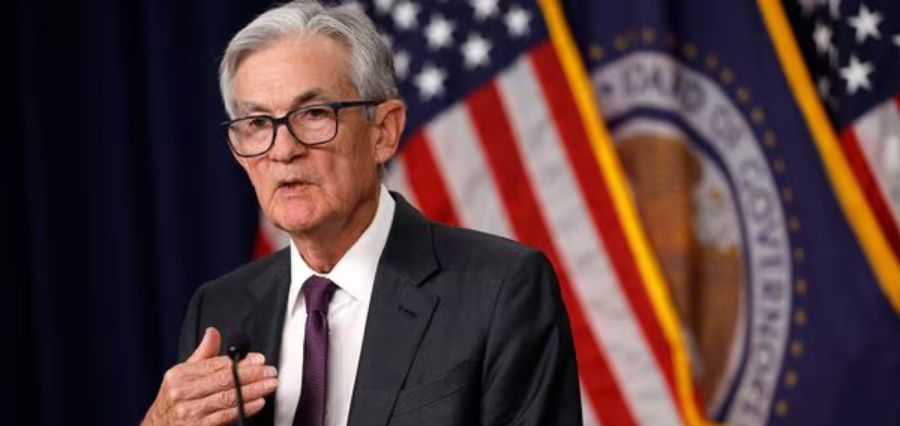Prime Highlights
- U.S. Federal Reserve keeps interest rates unchanged as it balances inflation against risks to growth.
- Tariffs and trade tensions are such big worries that it is holding off on rate reductions until the economy finds stable ground.
Key Facts
- Fed rate stands at 5.25%–5.50%, and reductions are on hold until some time later in 2025.
- Latest estimates have GDP falling to 1.4% with inflation still at 3%.
Key Background
In its most recent monetary policy move, the Federal Reserve left interest rates unchanged, having kept the benchmark rate between 5.25%–5.50%. The dovish move is a reflection of the Fed becoming increasingly worried about ongoing inflation, partly driven by United States tariffs and traditionally high tensions in the Middle East. In spite of fresh evidence that inflation was moderating, the Fed once more drew on the specter of price pressures returning, especially with tariffs feeding through the supply chain and global uncertainty persisting.
Fed Chairman Jerome Powell indicated that although the economy’s indicators such as wages and spending are holding steady, the central bank must proceed with caution. The revised forecast now projects two cuts in 2025, less than previously anticipated with more easing. This is a warning that the U.S. economy will slow, with GDP growth falling to 1.4% and core inflation remaining at about 3%.
The conflicts in the Middle East, and specifically between Israel and Iran, create an added layer of volatility in the energy market. Increased oil prices would risk triggering inflation, making it that much harder for the Fed to reach its 2% goal. Powell also acknowledged that tariffs “are working their way through the system,” passing the cost to consumers. That inflation triggered by tariff and geopolitical tensions has made monetary policy actions more sensitive to data and more subtle.
Meanwhile, political pressure is increasing. President Donald Trump had already complained about the Fed policy, and he also called for lower rates to kick-start economic growth. Powell declared the independence of the Fed and its capability to make decisions based on facts and stood resolute despite political pressure.
The wait-and-see stance of the central bank is a realization of having to seek its way—soft inflation without killing a struggling recovery. Market analysts now expect the first rate reduction will occur on or at least in Q4 2025, as the Fed has yet to discover its way in a dazed world economy.
Read Also : Meta Closes $14.3 Billion Stake in Scale AI, Brings CEO to Head Superintelligence Effort







